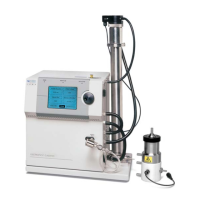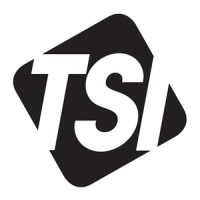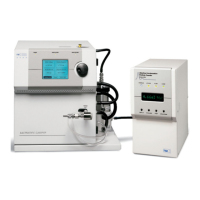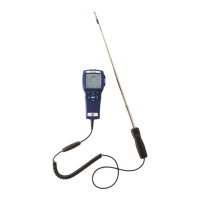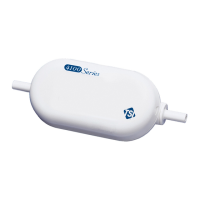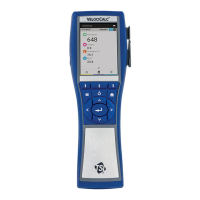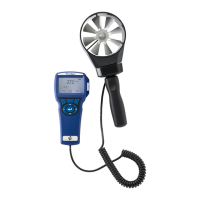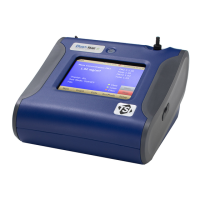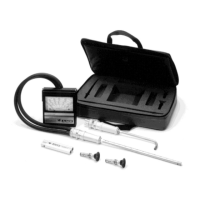What to do if turbulent flow develops in the differential mobility analyzer of TSI Instruments 3080 Measuring Instruments?
- TTara MorrisonAug 4, 2025
If particles persist after initial checks, reduce both the sheath and polydisperse flows to ensure the total flow rate within the analyzer remains below 10 liters per minute. Should the particles then disappear, it indicates turbulent flow within the analyzer at standard flow rates. In this case, contact TSI Instruments for repair information.
